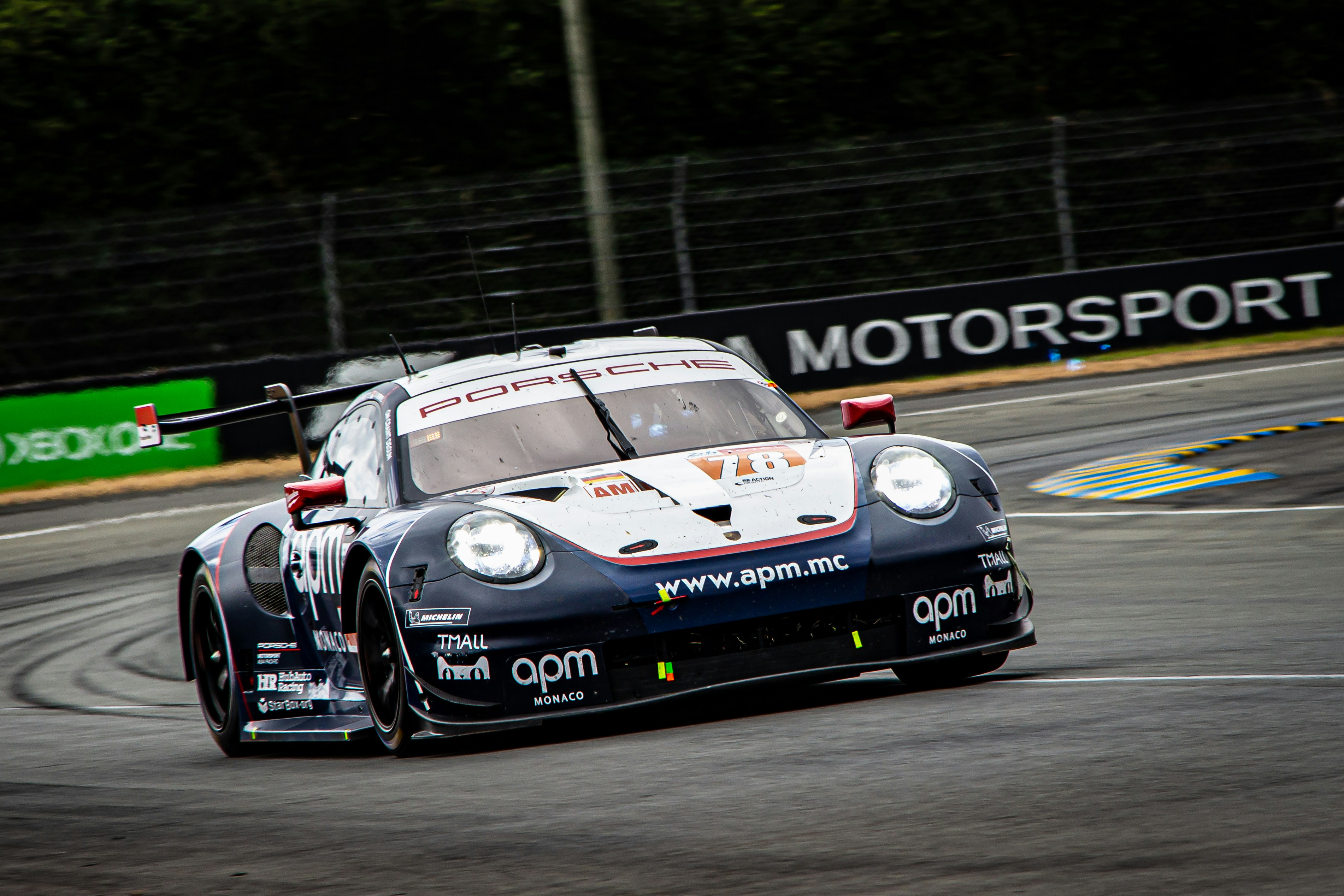Unveiling the Intricacies of Continuously Variable Transmissions
Introduction: Automobiles are evolving at a rapid pace, with innovations reshaping the way we interact with our vehicles. One such fascinating innovation that has transformed the automotive industry is the Continuously Variable Transmission (CVT). This technology, by offering unlimited gear ratios, has revolutionized our driving experience.

A Brief History of Continuously Variable Transmissions
The concept of CVTs dates back to the late 15th century, originating from Leonardo da Vinci’s sketches of adaptable drive systems. However, the real-world application of CVTs in automobiles didn’t occur until the early 20th century. DAF, a Dutch automaker, introduced the Variomatic, the first commercially successful CVT, in the 1950s. Since then, CVTs have undergone several technological advancements to improve performance and reliability.
Understanding the Mechanics of CVTs
Unlike traditional transmissions, CVTs don’t rely on fixed gear ratios. Instead, they utilize a pair of pulleys connected by a belt or chain that can change their diameter. This variable diameter setup allows for an infinite number of gear ratios, providing smooth acceleration and improved fuel efficiency. However, CVTs also attract criticism for their droning noise and perceived lack of driving engagement.
The Impact and Benefits of CVTs
CVTs have played a significant role in the quest for improved fuel efficiency. By constantly adjusting the gear ratio to maintain the engine’s optimal RPM, CVTs can significantly reduce fuel consumption. Additionally, their smooth operation provides a comfortable drive, devoid of the jerky gear changes experienced in traditional transmissions.
Overcoming the Challenges of CVTs
While CVTs have their advantages, they also come with challenges. Many drivers complain about the lack of responsiveness and the ‘rubber-band effect’ during acceleration. To address these concerns, automakers have introduced simulated ‘step’ modes that mimic the feel of a conventional automatic transmission. Moreover, advances in acoustic engineering have reduced the droning noise associated with CVTs.
The Future of CVTs in the Automotive Industry
Despite these challenges, CVTs are gaining popularity in the automotive industry due to their fuel efficiency and smooth operation. With continuous technological advancements and growing environmental concerns, CVTs are likely to play a prominent role in the future of automobile transmissions.
In conclusion, the Continuously Variable Transmission, a centuries-old concept brought to life, has undeniably reshaped the automotive landscape. It stands as a testament to the industry’s continuous pursuit of innovation, set to drive us into a more efficient and sustainable future.




